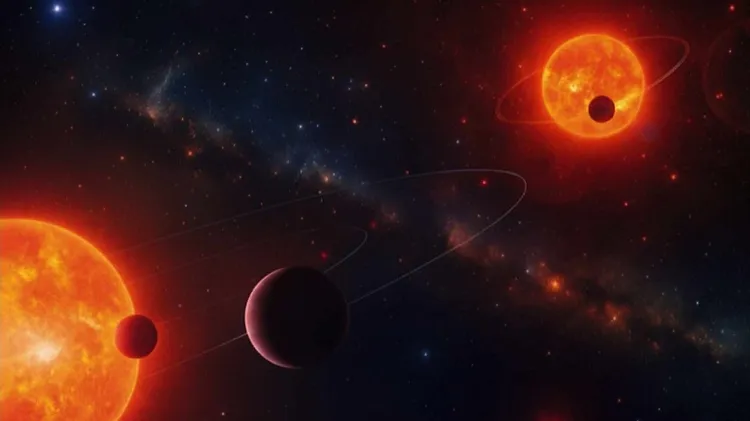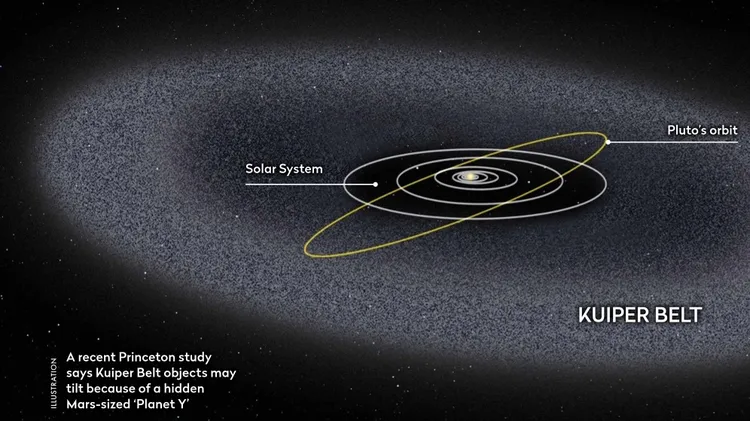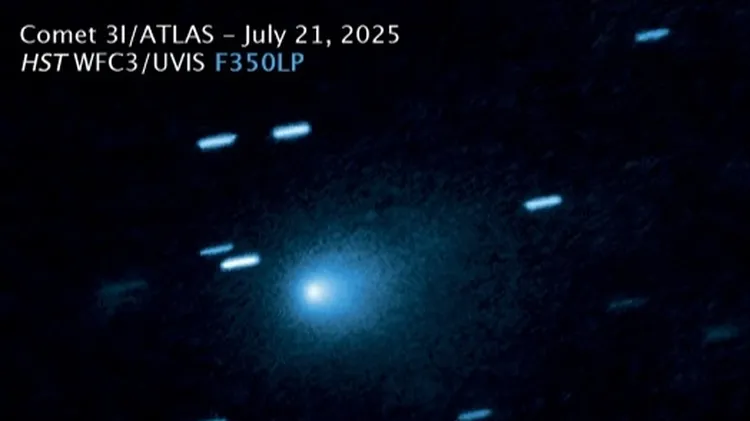Exoplanets could draw out flares from their
Close-in planets may make stars violently lash out
2 min read
This article is from...
Read this article and 8000+ more magazines and newspapers on Readly






